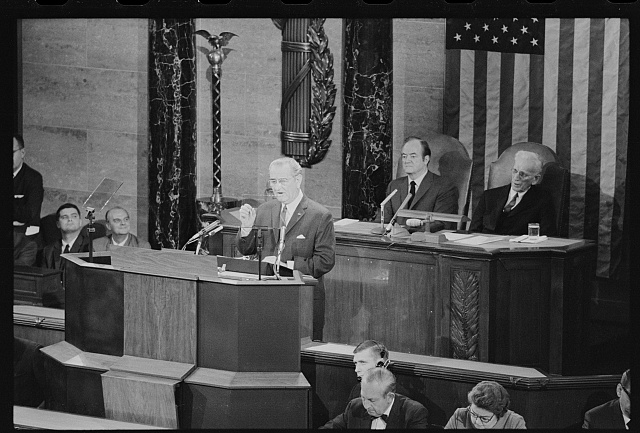Lyndon B. Johnson’s presidency was marked by significant social reforms, and one of his most enduring legacies is in the field of education. The passage of the Elementary and Secondary Education Act (ESEA) in 1965 revolutionized American education and aimed to provide equal opportunities for students from all walks of life. This article explores the impact of the ESEA and how it transformed education in the United States.
Overview of the Elementary and Secondary Education Act:
The ESEA was a landmark piece of legislation that sought to address the educational disparities among students from low-income families. It provided federal funding to support schools in low-income areas, allocated resources for professional development and curriculum improvement, and emphasized accountability measures to ensure high-quality education for all students.
Closing the Achievement Gap:
One of the primary goals of the ESEA was to narrow the achievement gap between disadvantaged students and their more affluent counterparts. By providing additional resources to schools in low-income areas, such as hiring more qualified teachers, creating smaller class sizes, and offering targeted educational programs, the act aimed to level the playing field and improve educational outcomes for disadvantaged students.
Expansion of Early Childhood Education:
The ESEA also paved the way for the expansion of early childhood education programs. Recognizing the importance of providing a strong foundation for learning, the act allocated funds specifically for preschool and early intervention programs. This focus on early childhood education has had a lasting impact on children’s academic success, as research consistently highlights the long-term benefits of early education.
Promoting Equal Access to Education:
Prior to the ESEA, many schools faced funding disparities that disproportionately affected low-income communities. The act aimed to address this by providing federal funds to schools with high concentrations of students from low-income families. This financial support allowed schools to enhance their educational programs, improve facilities, and provide resources that were previously out of reach for many students.
Accountability and Standards-Based Reforms:
The ESEA introduced a system of accountability and standards-based reforms to ensure that schools receiving federal funding were held to high expectations. This included setting national standards, implementing standardized testing, and requiring schools to demonstrate progress in academic achievement. These measures served as a catalyst for improving teaching and learning outcomes across the country.
Impact and Legacy:
The Elementary and Secondary Education Act fundamentally transformed the education landscape in the United States. It provided much-needed resources to disadvantaged communities, expanded access to early childhood education, and established a foundation for accountability and standards-based reforms. The act had a profound impact on student achievement and paved the way for subsequent education reforms.
Lyndon B. Johnson’s legacy in education is perhaps most notable for the passage of the Elementary and Secondary Education Act. This groundbreaking legislation revolutionized American education, providing equal opportunities for students from all backgrounds. The impact of the ESEA continues to shape the education system today, emphasizing the importance of equity, access, and accountability in ensuring a high-quality education for all students.
